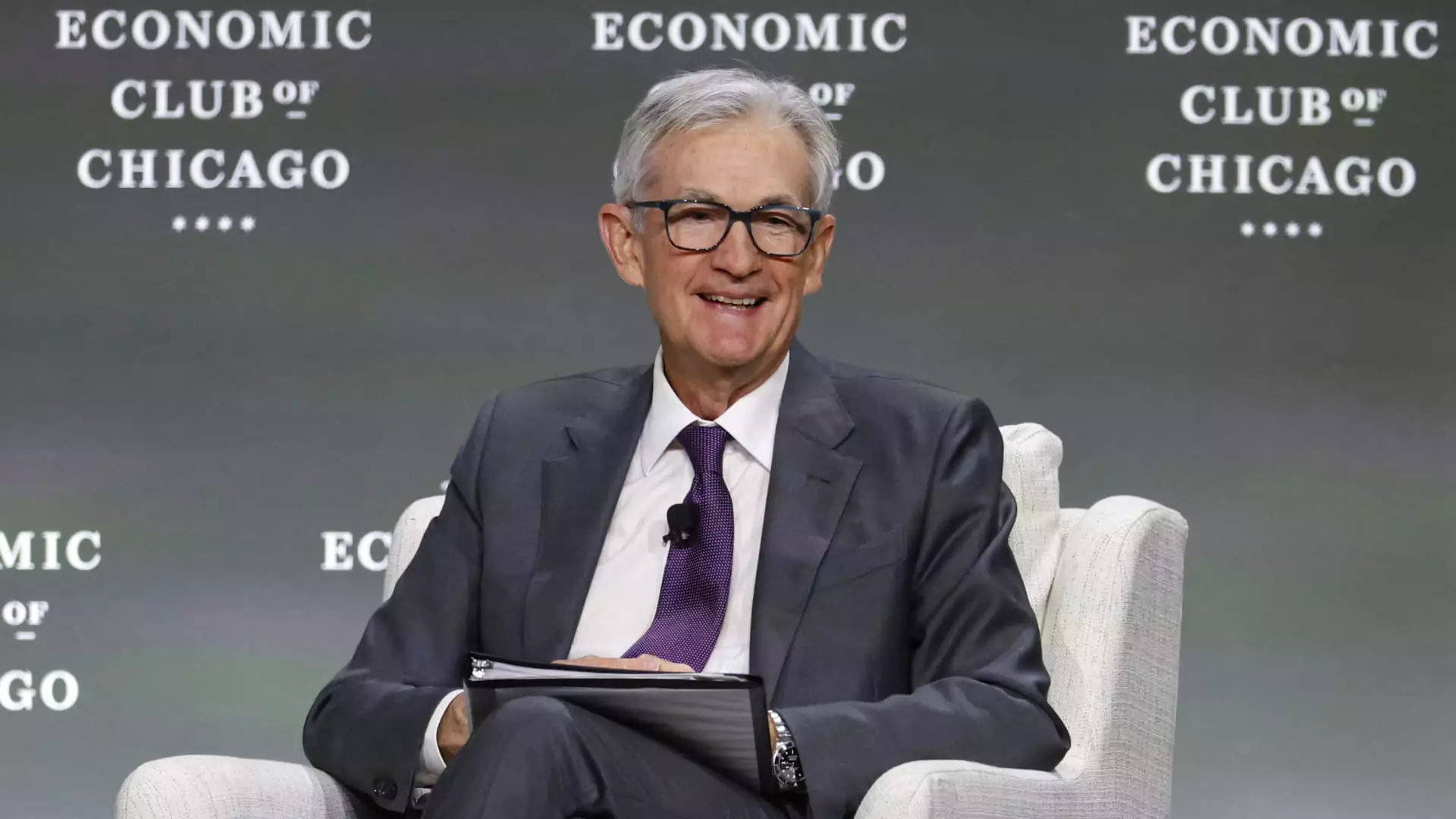As the Federal Reserve approaches its pivotal decision-making meeting, there is growing anticipation regarding their monetary policy direction. However, the current economic landscape paints a rather convoluted picture, with mixed signals coming from various economic indicators. Amidst a backdrop of turbulent trade relations and lingering uncertainty, the Fed faces immense pressure, yet they have a compelling reason to do absolutely nothing at this juncture. Any actions without genuine data backing them could destabilize the very financial mechanisms they aim to stabilize.
The economy exhibits both robust growth in certain sectors and alarming declines in others, creating a delicate balance that Chairman Jerome Powell and his colleagues must navigate. For instance, while recent job creation figures show promise, consumer sentiment remains shakily pessimistic, reflecting a deep-seated fear that should not be overlooked. To act on unclear data now would be reckless, ignoring the fundamental principles of measured and evidence-based economic policy.
The Tariff Quandary
President Trump’s tariff strategies continue to loom large over the Fed’s decision-making process. The imposition of tariffs on various goods has not merely disrupted international trade but has instigated a ripple effect throughout the economy. Manufacturing and service sectors are both echoing concerns about inflation and supply chain disruptions. These issues cannot be separated from the Fed’s responsibilities; caution is imperative as they observe the broader implications of these tariffs and their potential to alter inflation expectations dramatically.
Moreover, the administration’s mixed signals regarding forthcoming trade agreements and revisions only complicate the narrative further. The Fed, under these conditions, must prioritize stability and clarity over hastiness, lest they find themselves enacting monetary policy that fails to address the real economic ramifications of these policies—a precarious scenario that could alienate both businesses and consumers alike.
Market Expectations: A Double-Edged Sword
Futures markets currently indicate a minuscule probability of an interest rate cut in the immediate future, an optimism stemming from fluctuating economic indicators and White House maneuvers. Yet, as history tells us, market expectations themselves can be illusory and volatile. These fluctuating anticipations impose an unspoken responsibility on the Fed to uphold confidence without overcommitting to anticipated future actions that may derail their intended strategies.
Both market analysts and economists are divided on how many rate cuts to expect in the upcoming months, with some projecting ranges from two to four cuts by the end of the year. The reality is that the Fed must maneuver through an environment rife with speculation without losing sight of their ultimate mandate—to maintain a sustainable economy. A hasty move could undermine the fragile confidence that persists among businesses and consumers, and instability may result should policymakers miscalculate their approach based on errant expectations.
Inflationary Pressures: Anticipation and Reality
In this complex balancing act, inflation could very well be the wild card. Despite prices edging closer to the Fed’s 2% target, the relationship between tariffs and consumer price indices remains tenuous. Analysts are understandably concerned that unmodulated inflation could decimate purchasing power and ultimately stifle economic growth. Yet, it is equally critical for the Fed to analyze the underlying factors stimulating inflation beyond the tariffs—factors that are deeply interconnected with broader economic trends.
With conflicting data showing strong job growth juxtaposed against a backdrop of rising consumer doubt, the Fed would do well to proceed with caution. Unprecedented rates of inflation for consumer expectations could erode the confidence so important for individual spending—the very backbone of economic dynamism. The Fed must commit to a policy of patience, laying the groundwork for informed decisions as actual data rather than anticipatory guesswork emerges.
The Role of Communication in Policy Decision-Making
Thus, as the Fed approaches this upcoming policy meeting, communication becomes an essential tool in their arsenal. Powell’s forthcoming press conference will not only shed light on decision-making but will also act as a barometer for market sentiment. In a climate fraught with tension, the Fed has an opportunity to convey a clear narrative about their commitment to evidence-based policy, rather than capitulating to external pressures or public sentiment.
The glaring reality is that no one truly knows how the economic landscape will evolve over the next few months. Thus, the Fed must remain committed to transparency, articulating their strategies to a public that deserves clarity in an ambiguous situation. To navigate these turbulent waters effectively, they need to instill confidence in their decisions while embracing the uncertainties that lie ahead. By adopting an approach grounded in patience and adaptability, the Fed can honor its responsibilities and contribute to an economy poised for resilience rather than instability.

